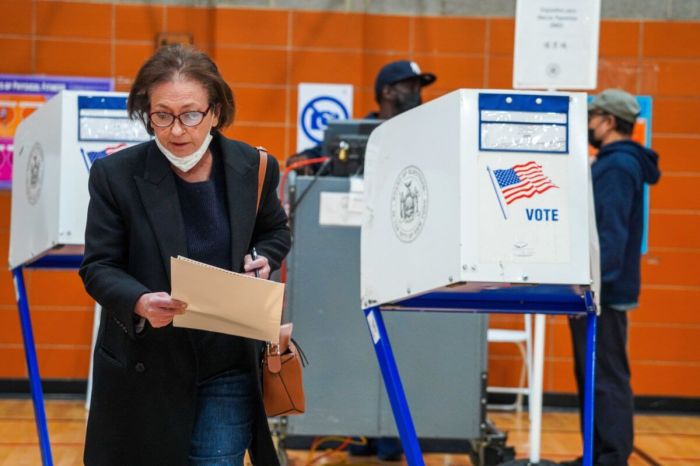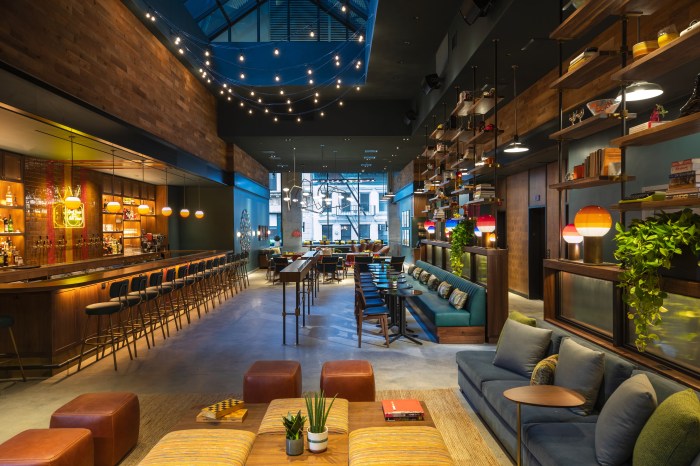
Ready to dream?
And we mean REALLY dream?
Picture a modern, wheelchair-accessible subway system, with new stations and new or expanded subway lines that wind their way underground through underserved neighborhoods in the Bronx, Brooklyn and Queens.
Think of a 24-mile new light rail stretching from Co-op City to Bay Ridge, and a single commuter rail network that allows for a one seat ride from New Jersey to Long Island.
Then imagine that the entire subway system is closed overnight.
Did you just wake up from a dream turned nightmare?
Welcome to the Regional Plan Association’s fourth regional plan, a 300-plus page document that could serve as the ultimate wish list. But be patient.
The agenda released last week by the research and advocacy group is meant to be a long-term strategy that looks at the next 25 years and covers the entire tristate area. It puts a significant spotlight on NYC, with particular attention to transit, roads, the environment and affordability. The big thinking is welcome — and rare. But many of the RPA’s proposals go beyond what’s likely or realistic, including new subway lines that would stretch down Jewel Avenue and Northern Boulevard in Queens, and Utica Avenue in Brooklyn, and even a rail tunnel that would connect Brooklyn and Staten Island. A second bus terminal under the Javits Center and the relocation of Madison Square Garden are among RPA’s other suggestions.
But there are also more realistic ideas, like prioritizing the modernization of subway tracks, signals and stations; adding select bus service; extending the Second Avenue Subway to 125th Street; and tolling the East River bridges and entrances into midtown to change driving habits and add funds for transit. All are worth serious consideration.
And it’s certainly smart to look for ways to get the subway work done faster and at lower cost. That might mean shutting a line or two for short periods when significant work is needed — and that makes sense.
But closing the entire subway overnight? Permanently?
Not in the city that never sleeps.


































